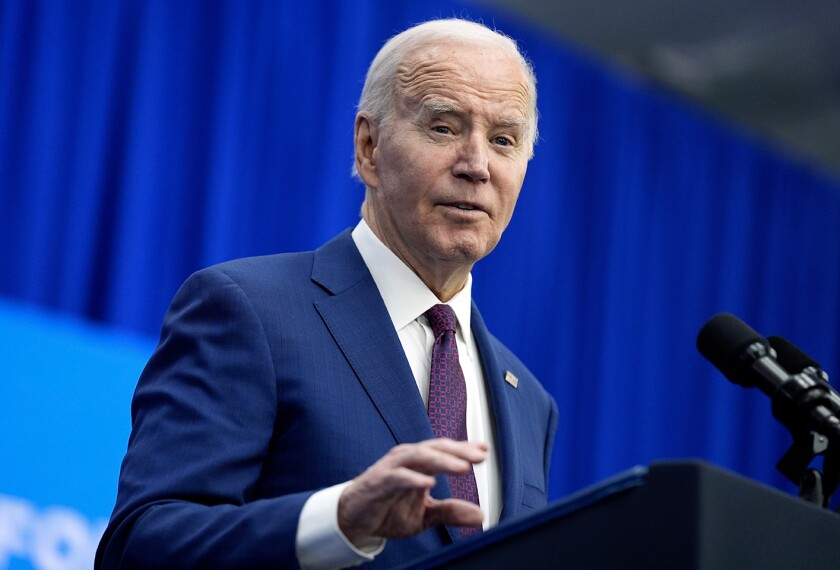Texas schools would count the salaries of librarians—but not those of nurses, guidance counselors, or bus drivers—as instructional expenses under proposed rules that would define how districts would comply with a new state mandate to spend 65 percent of their budgets on classroom costs.
The rules are designed to make it easier for districts to comply with the 65 percent policy than under a plan being pushed by a national group lobbying for ensuring that classrooms get that share of school spending, said Texas Commissioner of Education Shirley Neeley.
The Texas Education Agency has released a list of expenses that would count toward a state mandate that districts spend at least 65 percent of their budgets on instructional costs. The state’s definitions vary slightly from those followed by the National Center on Education Statistics.
Instructional Costs
• Salaries of teachers and aides
• Instructional supplies, including textbooks
• Athletics
• Music
• Arts
• Tuition for special education students in private placements
• Librarians*
• Costs of regional agencies that provide services across several school districts*
• Extracurricular activities
• Costs of education provided to students in juvenile-justice system*
Administrative Costs
• Administration
• Facilities maintenance
• School meals
• Transportation
• Teacher Training
• Nurses
• Counselors
* Texas, unlike the NCES, would count these costs as classroom expenses.
SOURCES: First Class Education; Texas Education Agency
In writing the Texas rules, scheduled to be formally proposed this week, Ms. Neeley said she recognized that librarians are actively involved in teaching students how to conduct research and learn from resources available in school libraries.
“They’re the hub of any school,” she said in an interview last week. “There’s so much instruction that’s going on in there, particularly on research skills.”
While counting librarians would help districts meet the 65 percent mandate, districts would still need to reduce spending on nurses’ services, transportation, and other expenses that would not be considered instructional under the rules, said Deloras M. Kile, the associate executive director of the Texas Association of School Business Officers in Austin.
“It’s very difficult for [districts officials] to look at their budgets and squeeze any more out of them,” she said.
A National Push
The Texas Education Agency is proposing rules on how to define instructional expenses in response to an executive order last August by Gov. Rick Perry that requires districts to spend at least 65 percent of their budgets on classroom expenses.
Mr. Perry, a Republican, is part of a national movement to trim administrative costs in favor of spending on teacher salaries and other teaching and learning costs. First Class Education, an advocacy group founded by Patrick Byrne, an online entrepreneur, is lobbying state legislatures and promoting ballot initiatives to enact what is being called “the 65 percent solution.” (“Group’s ‘65 Percent Solution’ Gains Traction, GOP Friends,” Oct. 12, 2005)
In addition to Mr. Perry’s executive order, Georgia Gov. Sonny Perdue, also a Republican, signed legislation enacting the 65 percent rule earlier this year.
The Louisiana legislature passed a bill last year asking the state’s K-12 school board to adopt such a rule. That effort is on hold while the state recovers from Hurricane Katrina, said Timothy F. Mooney, a Scottsdale, Ariz.-based political consultant advising First Class Education.
The group has also collected enough signatures to put an initiative on the ballot in Colorado this coming fall, Mr. Mooney said.
First Class Education is promoting the National Center for Education Statistics’ definitions of instructional and administrative expenses as the template for school systems to follow. While Texas’ proposed rules would deviate slightly from the NCES list, they would not undermine the intent of First Class Education’s goal of shifting dollars away from administration and toward instruction, Mr. Mooney said.
“We’re not doctrinal about this,” he said. “We know we’re going to have to be flexible about this.”
Pain at the Pump
While Texas would count librarians as a classroom expense, it would consider transportation, counselors, and nurses as administrative costs, just as the NCES definition does.
Many district officials, particularly in rural areas, worry about transportation being considered an administrative cost, especially if fuel costs continue to rise, Commissioner Neeley said.
She added that the state would consider arguments to include transportation and nurses as classroom expenses during the 30-day comment period that begins once the proposed rules are formally published in the Texas Register, probably on April 21. Ms. Neeley will formally approve the rules without republishing them if her changes are only minor.
Since the rules would give districts three years to get to 65 percent, most would find a way to comply, one administrator said. Texas schools spend, on average, 62 percent of their operating budgets on instructional expenses.
“The flexibility is there for those who are concerned about it,” said James R. Vasquez, the executive director of the Region 19 Education Service Center, which helps 12 school districts in and around El Paso. “They’ll have time to make the adjustments.”




